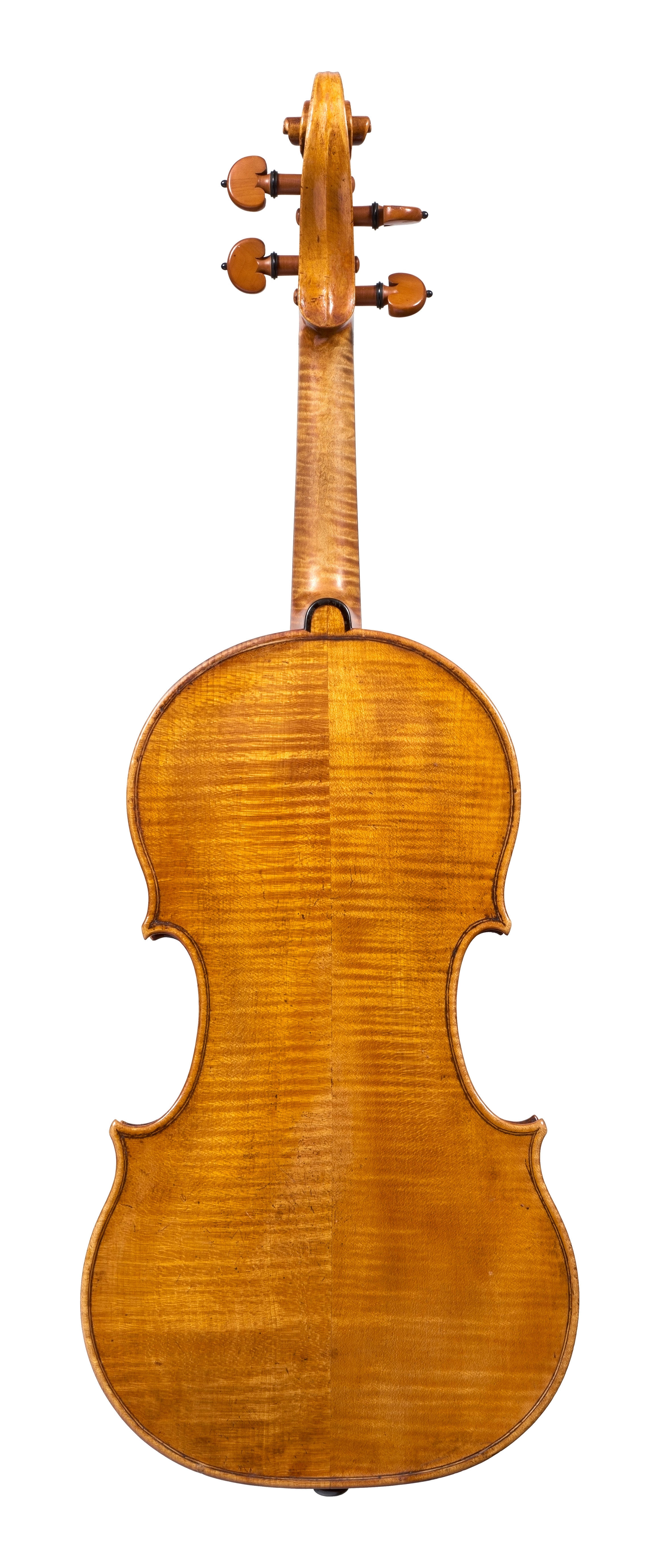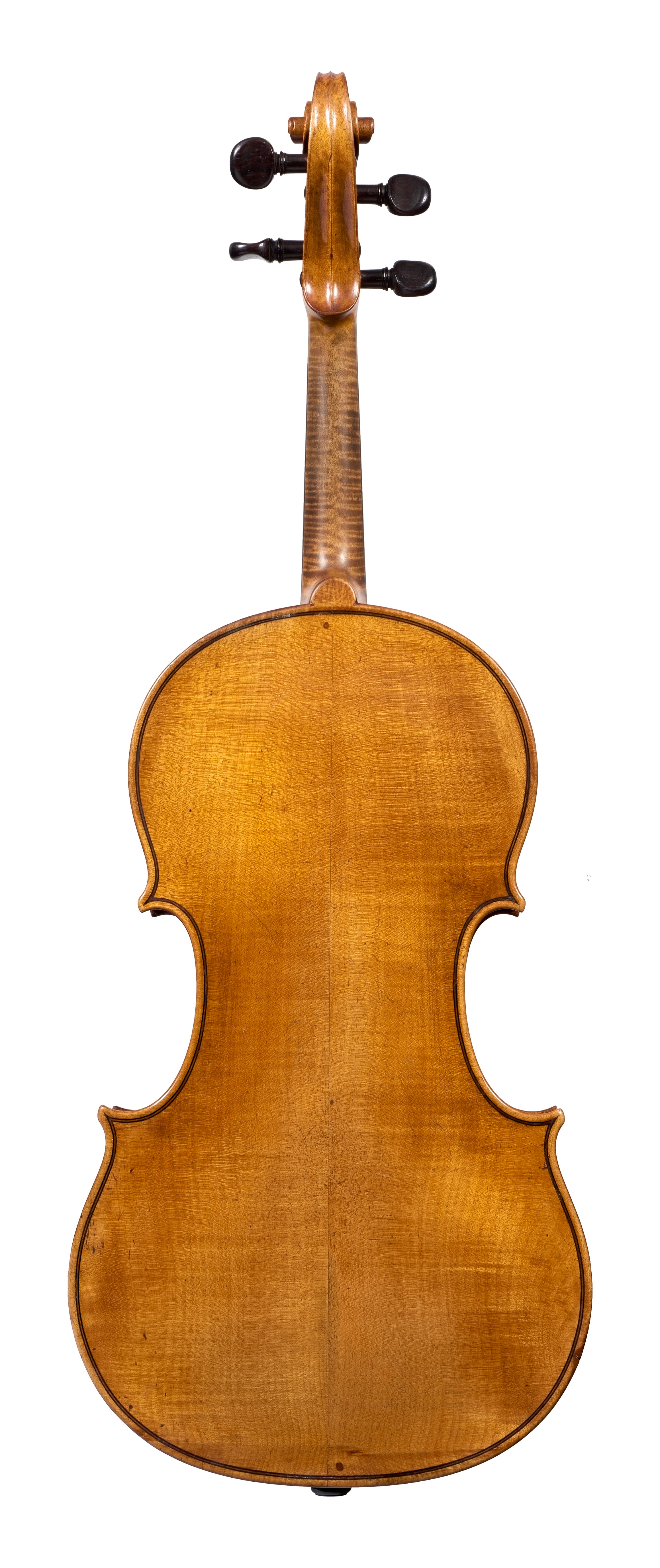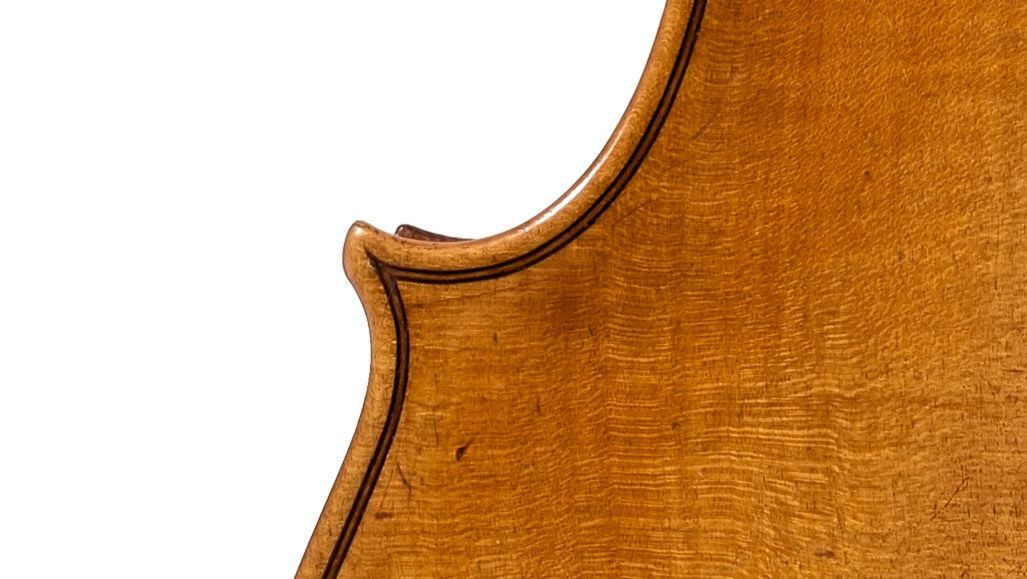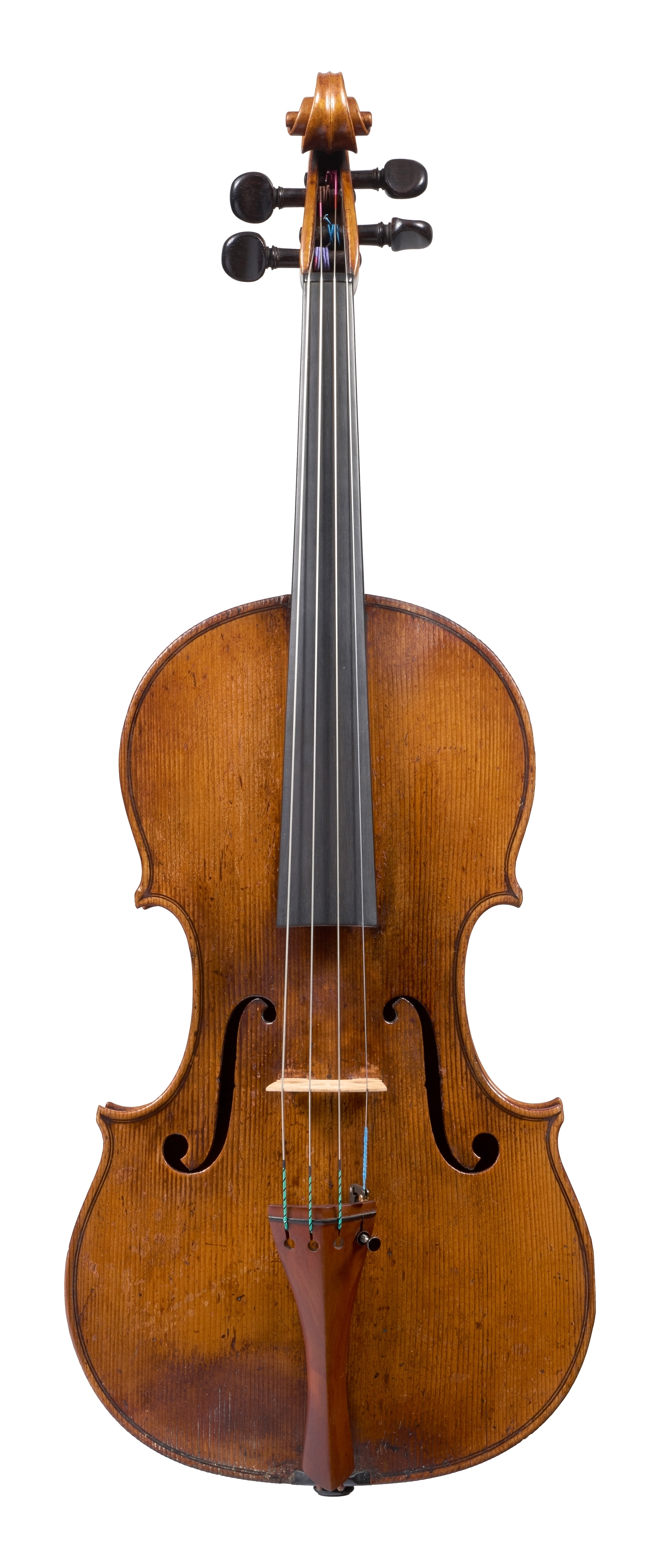A Milanese Masterpiece
John Dilworth examines a fine viola by Pietro Giovanni Mantegazza from the Rosenberg Collection
This exceptional instrument is a fine and definitive work of Pietro Giovanni Mantegazza, made in Milan in about 1790 as a closely observed imitation of the work of Nicolo Amati, one of the greatest craftsmen of the Cremonese golden age. Along with his sons Carlo and Francesco, the Mantegazzas are a fascinating link to the old Milanese makers, to G.B. Guadagnini, and to the nineteenth century world of violin dealing brought into being by Count Cozio di Salabue, a patron of both Guadagnini and the Mantegazzas. Cozio worked closely with Pietro’s son, Carlo, a pioneer of a new era of lengthened necks and stronger bass bars, whom he called ‘the best of all repairers’.
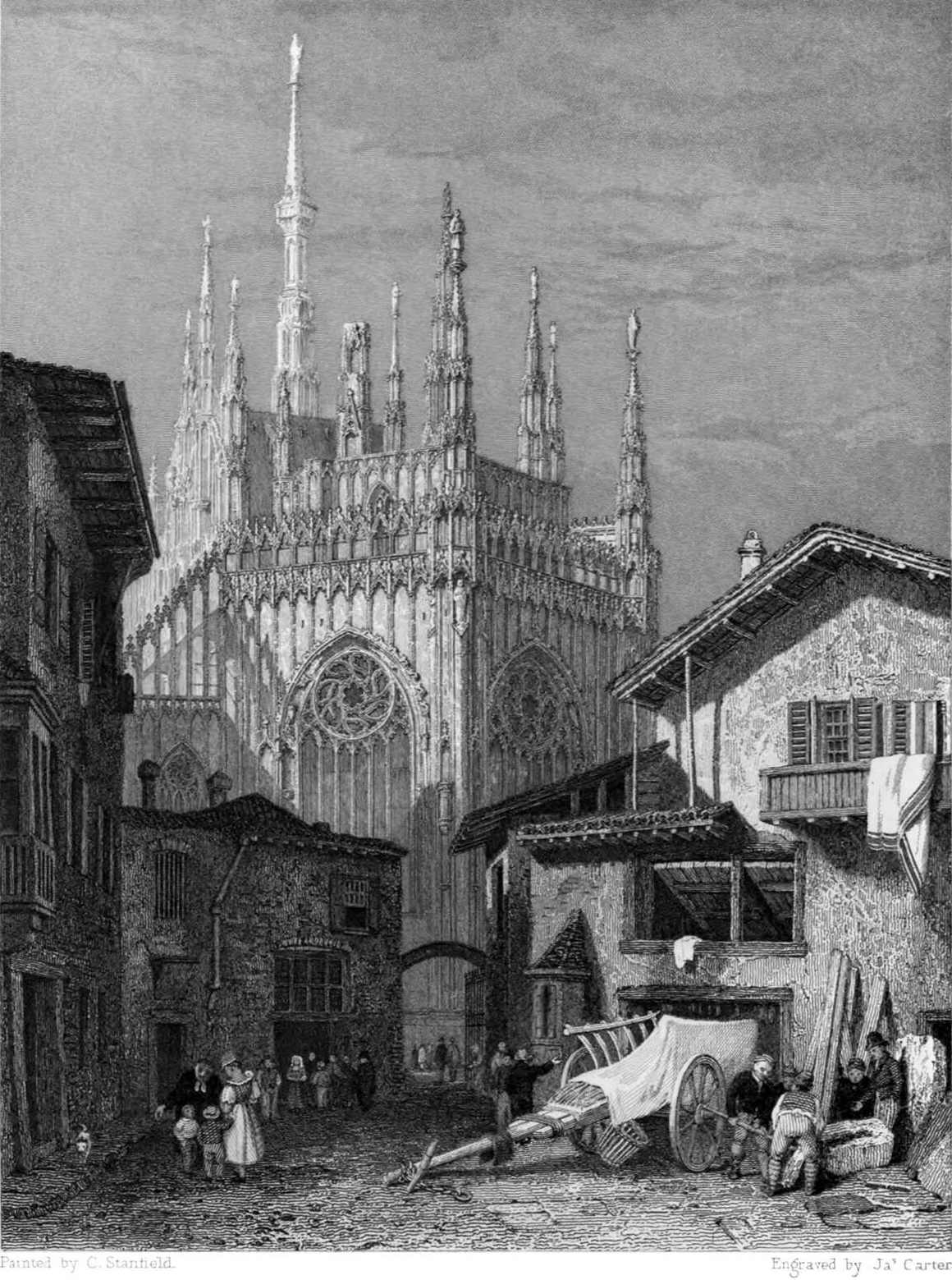
'The violas that Mantegazza made from around 1780 are perhaps the most striking part of his work.'
Pietro is usually acknowledged as a pupil of Carlo Ferdinando Landolfi, who became the leading maker in Milan after the demise of the Grancino and Testore families. Mantegazza was a far more disciplined maker than any of these, bar Giovanni Grancino, and although perhaps less productive, his diligence matches that of G.B. Guadagnini, whose period in Milan may just have overlapped with Mantegazza. Pietro’s birth, according to Milanese records, was in about 1730; this is inferred from the account of his death in 1803, where his age is given as 74. However, other sources place his birth later, in 1747, and his earliest instruments date from the 1760s.
The violas that he made from around 1780 are perhaps the most striking part of his work. There may have been a need for good violas of contralto size at this time. Very few were produced in Cremona in the seventeenth century, or anywhere outside Brescia in the preceding century for that matter. Pietro’s model for this and other examples is very close to that of the 1615 Brothers Amati viola now known as the ‘Stauffer’, one of very few contraltos made by the Amatis. The history of that particular instrument is unknown before arriving in England in the 19th century, and it is entirely possible that Mantegazza had access to it. While not strictly speaking a ‘close copy’ in modern terms, the inspiration is obvious. The neat worksmanship, precise purfling laid into delicate edgework, and even the carefully rounded scroll; Mantegazza’s earlier violin scrolls have a slight lack of concentricity to them, and although this head was probably not constructed from the same geometrical principles used by Amati, it plainly acknowledges and respects the form.
The maple is of quite plain quality, recalling another wonderful Cremonese contralto viola, the 1676 ‘Conte Vitale’ Andrea Guarneri, although the actual model is not so closely related.
The pale yellow-gold varnish is also a reflection of the antique pale varnish of both Amati and Guarneri, rather than an attempt to copy the dark red tones of Stradivari, as Mantegazza used in his own earlier work. It is quite possible that the present label, with the name Nicolo Amati, was inserted by Mantegazza, but several other examples are honestly ticketed, and this is probably a replacement inserted by a later speculator.
Technically, there are some interesting points in the construction. The purfling is of ebony, with a core of beech, which is an unusual combination in Italian work in general. The lower rib, in one piece, is attached to the block with four small pegs, a habit clearly acquired from Landolfi, who did the same thing.
More intriguing is another small pin, placed slightly below the centre of the back, which imitates, although slightly inaccurately, the locating point placed similarly by the Amati and Guarneri families.
'The purfling is of ebony, with a core of beech, which is an unusual combination in Italian work in general.'
The viola altogether is a beautifully preserved, virtually immaculate example of the work of a fine and perhaps underestimated maker, who worked at the end of the Classical Italian period, but helped pave the way toward the nineteenth and twentieth century revival of Cremonese ideals of craftsmanship and sophistication.
Recent Posts
Categories
- Feature Type
- Instrument Type
-
Maker
- Albani, Mathias (2)
- Amati, Andrea (8)
- Amati, Antonio & Girolamo (6)
- Amati, Girolamo II (6)
- Amati, Nicolò (6)
- Balestrieri, Tommaso (3)
- Banks, Benjamin (1)
- Bazin, Charles Nicolas (1)
- Bergonzi Family (1)
- Bergonzi, Carlo (2)
- Bergonzi, Michele Angelo (2)
- Bernardel, Auguste Sébastien Philippe (2)
- Bisiach, Leandro (2)
- Bultitude, Arthur Richard (1)
- Camilli, Camillo (2)
- Cappa, Gioffredo (2)
- Carcassi, Lorenzo & Tomaso (1)
- Ceruti, Giovanni Battista (3)
- Chanot, George Adolph (1)
- Cuypers, Johannes Theodorus (1)
- Dalla Costa, Pietro Antonio (1)
- Deconet, Michele (1)
- Fendt, Bernard Simon II (1)
- Fendt, Bernhard Simon I (1)
- Gabrielli, Giovanni Battista (1)
- Gagliano, Alessandro (2)
- Gagliano, Ferdinando (1)
- Genova, Giovanni Battista (1)
- Gisalberti, Andrea (1)
- Goffriller, Francesco (1)
- Goffriller, Matteo (1)
- Grancino, Giovanni (4)
- Grancino, Giovanni Battista II (1)
- Guadagnini, Gaetano II (1)
- Guadagnini, Giovanni Battista (7)
- Guarneri 'filius Andreæ', Giuseppe (3)
- Guarneri del Gesù, Giuseppe (5)
- Guarneri of Mantua, Pietro Giovanni (2)
- Guarneri of Venice, Pietro (3)
- Guarneri, Andrea (3)
- Götz, Conrad (1)
- Hill & Sons, W.E. (1)
- Kennedy, Thomas (1)
- Knopf, Carl Heinrich (1)
- Lott, John Frederick (1)
- Lupot, Nicolas (2)
- Mantegazza, Pietro Giovanni (2)
- Mariani, Antonio (1)
- Montagnana, Domenico (2)
- Panormo, Vincenzo Trusiano (1)
- Parker, Daniel (1)
- Peccatte, Dominique (1)
- Platner, Michele (1)
- Pressenda, Giovanni Francesco (1)
- Rayman, Jacob (1)
- Retford, William Charles (1)
- Rivolta, Giacomo (1)
- Rocca, Giuseppe Antonio (2)
- Rota, Giovanni (1)
- Rugeri, Francesco (3)
- Sartory, Eugène (1)
- Scarampella, Stefano (2)
- Schwartz, George Frédéric (1)
- Serafin, Santo (1)
- Sgarabotto, Gaetano (1)
- Sgarabotto, Pietro (1)
- Simon, Pierre (1)
- Stainer, Jacob (3)
- Storioni, Lorenzo (3)
- Stradivari, Antonio (14)
- Stradivari, Francesco (1)
- Stradivari, Omobono (1)
- Tadioli, Maurizio (1)
- Taylor, Michael (1)
- Tecchler, David (2)
- Testore, Carlo Giuseppe (1)
- Tourte, François Xavier (4)
- Tubbs, James (1)
- Voller Brothers (1)
- Vuillaume, Jean-Baptiste (10)
- Watson, William (1)
- da Salò Bertolotti, Gasparo (2)
- Author
- Charity
-
In the Press
- Antiques Trade Gazette (3)
- Archi-magazine.it (1)
- Art Daily (2)
- CNN Style (1)
- Classic FM (2)
- ITV (1)
- Ingles & Hayday (2)
- Liberation (1)
- Life Style Journal (1)
- London Evening Standard (1)
- Paul Fraser Collectibles (1)
- Rhinegold Publishing (1)
- Sotheby's (1)
- Strings Magazine (2)
- Tarisio (2)
- The Fine Art Post (1)
- The Strad (7)
- The Times (1)

